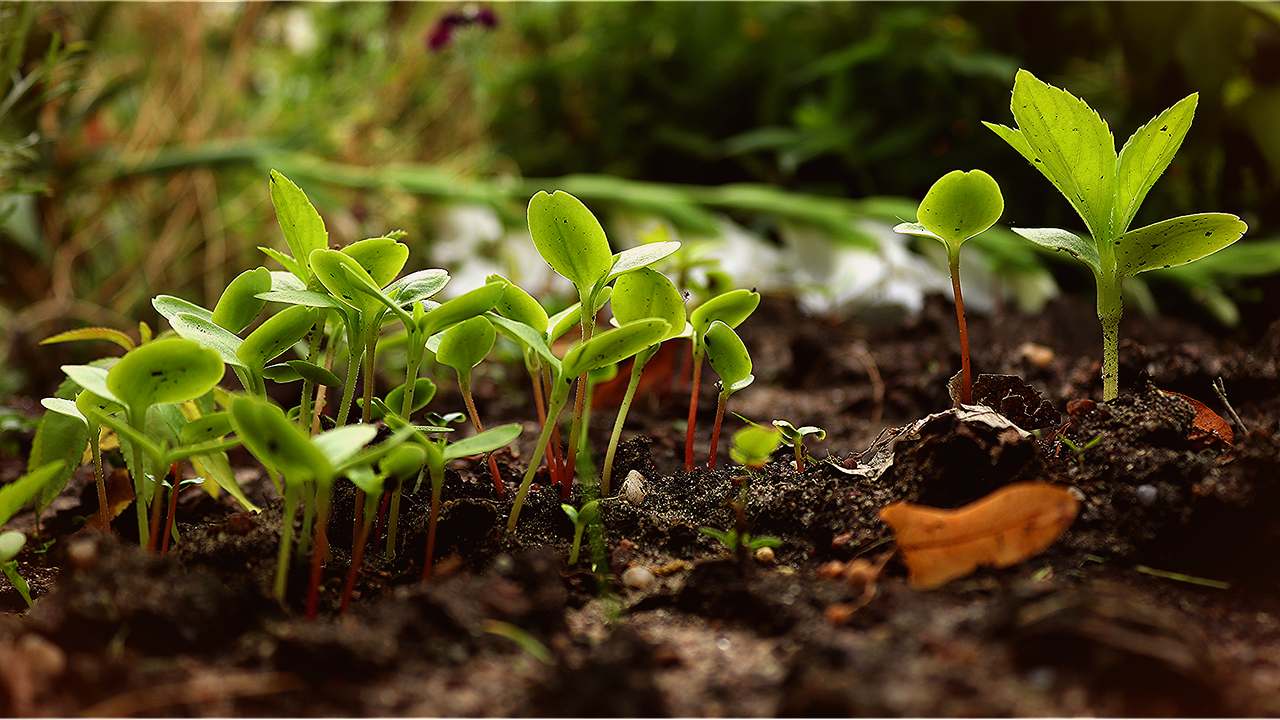I may get commissions for purchases made through links in this post. This helps me to offer you free recipes and blog posts.
Permaculture is a design philosophy and set of techniques for creating sustainable human settlements and agricultural systems. The goal of permaculture is to create systems that are self-sustaining, environmentally friendly, and use resources efficiently. Permaculture techniques can be applied to a wide range of fields, including agriculture, forestry, animal husbandry, and even urban planning. Permaculture aims to create harmony between humans and the natural world through the use of principles such as diversity, sustainability, and cooperation.
Permaculture works by using natural systems as a model for human settlements and agriculture. It involves designing and creating landscapes and systems that mimic the patterns and relationships found in nature.
Permaculture systems often include a variety of plants and animals, which are chosen and arranged in a way that maximizes their mutually beneficial relationships. For example, nitrogen-fixing plants may be grown near nitrogen-hungry plants to help fertilize the soil, and pollinators may be attracted to an area by planting flowering plants.
Permaculture also emphasizes the use of renewable resources and minimizing waste. For example, water may be conserved through the use of swales, which are shallow trenches that are used to slow and direct the flow of water.
Permaculture practitioners also strive to create diverse and self-sustaining systems that can function without external inputs. This can be achieved through the use of techniques such as crop rotation and the creation of natural pest control systems.
Overall, permaculture seeks to create sustainable and efficient systems that work with, rather than against, nature.

There are many ways to use permaculture in your daily life, including:
- Gardening: You can apply permaculture principles to your home garden by planting a diverse range of vegetables, fruits, herbs, and flowers. You can also incorporate features such as composting, rainwater catchment systems, and natural pest control methods.
- Landscaping: Permaculture principles can be used to design landscaping that is both beautiful and functional. This can include the use of native plants, water conservation techniques, and the creation of habitat for wildlife.
- Agriculture: Permaculture can be used to design sustainable agricultural systems that use fewer resources and have less environmental impact. This can include the use of crop rotation, polycultures (growing multiple crops together), and natural pest control methods.
- Urban planning: Permaculture principles can be applied to the design of neighborhoods and cities to create more sustainable and livable communities. This can include the use of green spaces, rainwater catchment systems, and community gardens.
- Lifestyle: You can also incorporate permaculture principles into your daily life by making conscious choices about the products you buy, the way you consume resources, and the way you dispose of waste.
Overall, permaculture can be applied in a wide variety of settings and contexts to create more sustainable and efficient systems.
